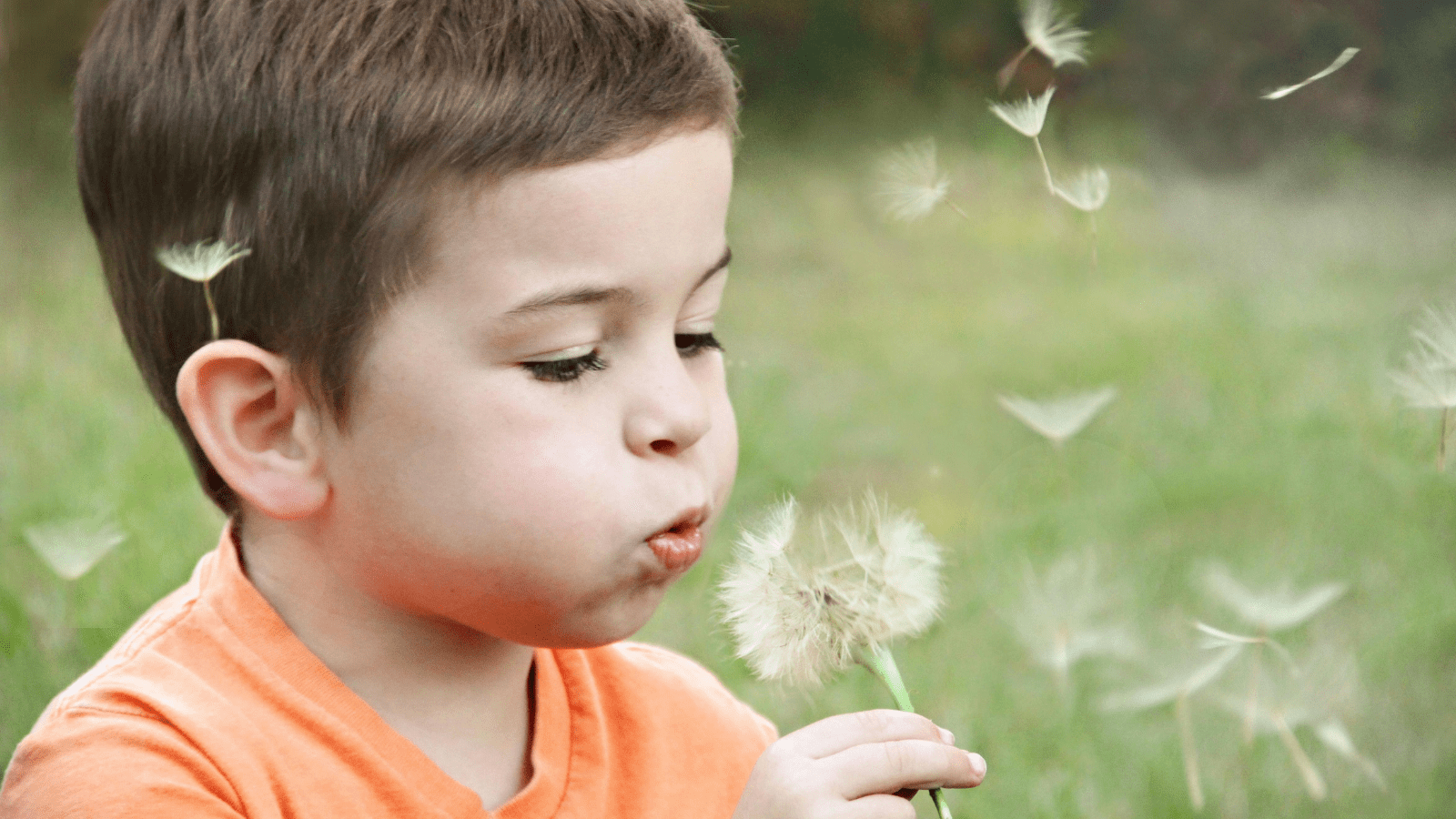
There is a strong link between spending time in urban green spaces during early childhood and improved lung function, according to a new study led by ISGlobal, coordinating partner of ATHLETE. The meta-analysis, published in Environment International, reaffirms the connection between green spaces and child respiratory health.
Using data from 35,000 children from eight European countries, researchers examined the amount of residential green spaces around the participants’ homes to see how it impacts their respiratory health. The latter was measured by studying their lung function, both their lung volume and how open their airways were. The study was conducted within the EU Child Cohort Network as part of the EU-funded LifeCycle, EUCAN-Connect, and ATHLETE projects.
Green spaces and improved child respiratory health
The researchers found that children living in greener neighbourhoods had better lung function, specifically higher lung volume and clearer airways. On the contrary, those who lived further away from green spaces had a lower lung volume.
While the connection between living in greener neighbourhoods and improved lung function was observed regardless of socioeconomic status, the effect was stronger in children from higher socioeconomic backgrounds. “One possible explanation could be that families with higher education or income may have access to higher-quality, safer, and better-maintained green areas,” says Amanda Fernandes, first author and ISGlobal researcher at the time of the study.
How green spaces affect lung function
The researchers also looked at the mothers’ home address during pregnancy, but in this case residential greenness was not associated with any of the indicators of respiratory health, suggesting that the link between green spaces and improved lung function has to do with something that happens in childhood.
“Our understanding of how green spaces affect lung function is still incomplete. We know that green spaces reduce air pollution, which in turn affects respiratory health. We also believe that green spaces may expose children to beneficial microbiota, which may contribute to the development of the immune system and indirectly influence lung function. Finally, green spaces close to home are likely to reflect the presence of play areas that encourage physical activity at an age when the lungs are still developing”, says Amanda Fernandes.
“Our findings highlight the importance of policymakers and urban planners integrating green spaces into cities for better respiratory health, also in children. If city design is contributing to health inequality, it is important that urban planners consciously focus on alleviating it,” says Martine Vrijheid, lead author of the study and ATHLETE project coordinator.
Reference
Amanda Fernandes et al. Green spaces and respiratory, cardiometabolic, and neurodevelopmental outcomes: An individual-participant data meta-analysis of >35.000 European children, Environment International, Volume 190, 2024, 108853, ISSN 0160-4120, https://doi.org/10.1016/j.envint.2024.108853.